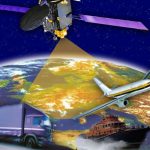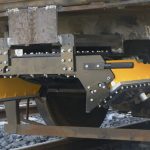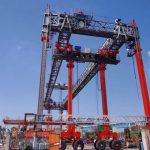GNSS and Earth Observation Market Report Finds 200 Billion Euro ($229 Billion) Revenue Generated in 2021
The European Union Agency for the Space Programme (EUSPA) has published its Earth Observation (EO) & GNSS Market Report, an outgrowth of its annual GNSS Market Report now that the agency has also taken on Earth observation among its administrative responsibilities. The Report is compiled and written for all those making these technologies part of their business plan and developing downstream applications.
By Inside GNSS













